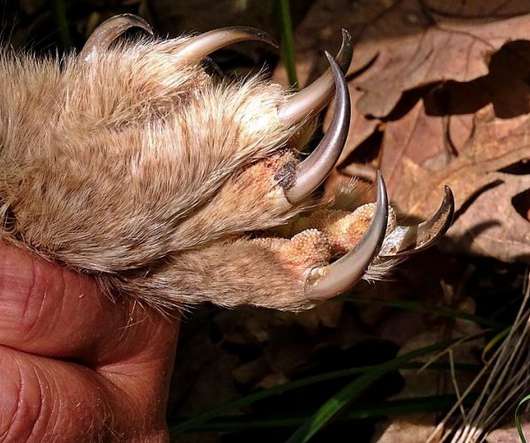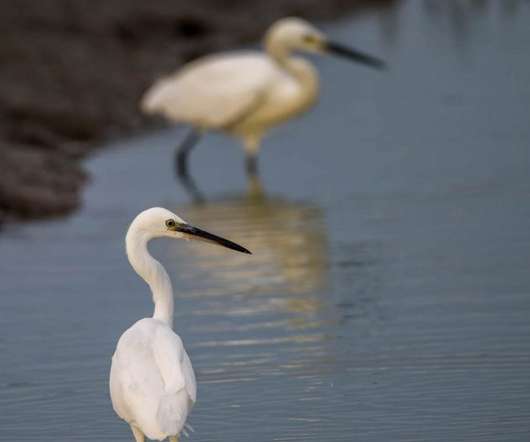How to find the Ural Owl in Serbia
10,000 Birds
JANUARY 16, 2020
The usual way to find an owl would be to listen to its territorial call in the breeding season (to listen and not to lure it – I oppose the playback ), but this species is even less vocal than most other owls. Population estimates from “Birds of Serbia: Breeding Population Estimates and Trends”, BirdLife Serbia, 2015.












Let's personalize your content